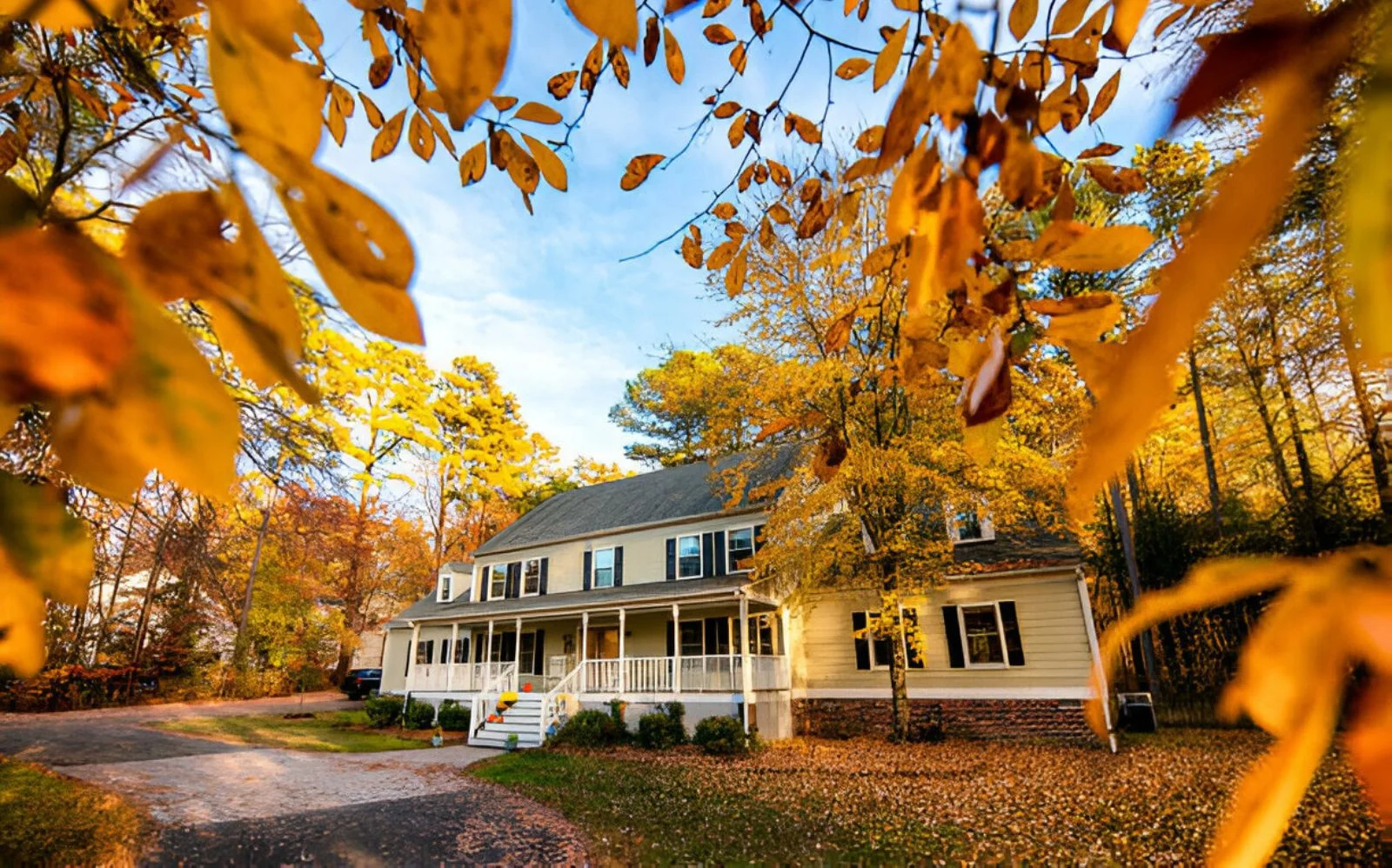- +1 (778) 227 - 1004
- info@afkmedia.ca
- Vancouver, BC V6B 2Z4
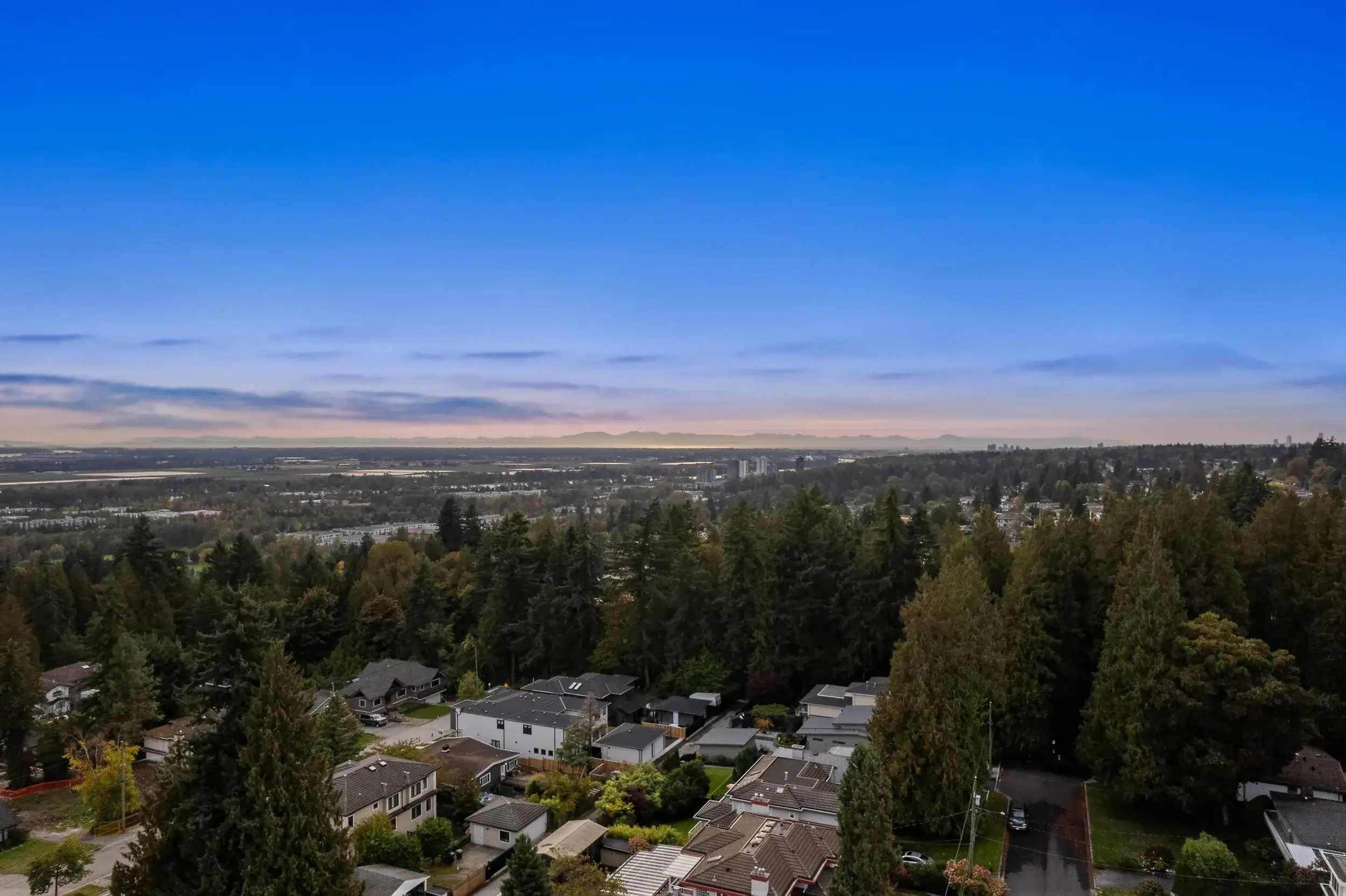
How to Use Drones for Real Estate Photography
Introduction Aerial shots can lift a listing from good to great. By showing the full context of a property, you help buyers understand scale, setting, and lifestyle in seconds. This…
Table of Contents
Introduction
Aerial shots can lift a listing from good to great. By showing the full context of a property, you help buyers understand scale, setting, and lifestyle in seconds. This is especially valuable for larger lots, luxury homes, new builds, and anything with a standout location near parks, waterfront, or transit.
This guide is written for agents and builders across the Lower Mainland who want results, not fluff. It also slots into AFK Media’s broader workflow: if you want the full step-by-step on ground photos, composition, and delivery timelines, see our pillar resource: full real estate photography process.
“Drone imagery helps buyers orient themselves quickly, compare options, and feel confident about booking a showing.”
Key Takeaways
- Drones show the bigger picture: lot lines, approach, landscaping, and nearby amenities.
- They are not for every listing: use them when the story benefits from context and scale.
- This guide covers: when to fly, what to capture, legal basics, shooting tips, and gear.
Why Use Drone Photography in Real Estate?

Overview of the property and its surroundings
Ground photos are perfect for finishes and room flow, but they struggle with context. A quick top-down or elevated angle shows how the home sits on the lot, the driveway approach, yard usability, and proximity to everyday amenities. This helps screen buyers faster: serious leads get what they need to book, and casual scrollers stop long enough to care.
Helps listings feel premium and memorable
Aerials signal professionalism and effort. Used thoughtfully, they add a cinematic layer to your media package without bloating budgets. For luxury homes, estates, or unique architecture, drone angles highlight symmetry, rooflines, pools, and outdoor living in a way that feels editorial rather than routine.
Useful for larger lots, acreage, and scenic areas
If the selling point is land, privacy, waterfront, or mountain views, drone shots tell that story better than any caption. Even in tight urban settings, a mid-height angle that shows walkability to schools or transit can be the difference between a passive view and an inquiry.
What to Capture with a Drone
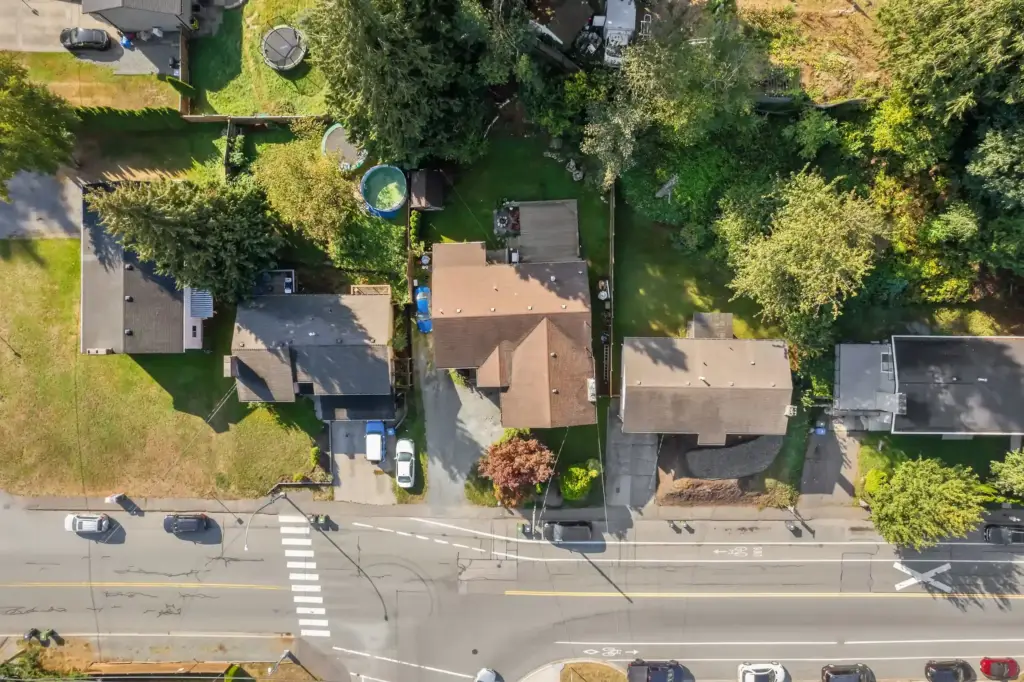
Top-down lot shots
Start with a clean overhead that frames the parcel and immediate features: driveway, garage access, patios, sheds, and tree cover. Aim to keep the home centred, then add one or two offset compositions so buyers can compare scale.
Front elevation with landscaping
A modest rise of 8–15 metres often does the trick. You’ll show curb appeal, garden beds, and the street context without losing detail. If there’s a view corridor, step back and increase height for a second option that includes skyline or water.
Roof condition and layout
For buyers and inspectors, a tidy roof shot can pre-empt questions about age, materials, and components like skylights or solar. Keep it level and sharp, then capture a second angle that shows gutters and downspouts.
Nearby parks, trails, or skyline
Close with a couple of context shots that sell the lifestyle. Think “home in foreground, amenity in background,” not “generic cityscape.” This keeps attention on the listing while still flexing the location.
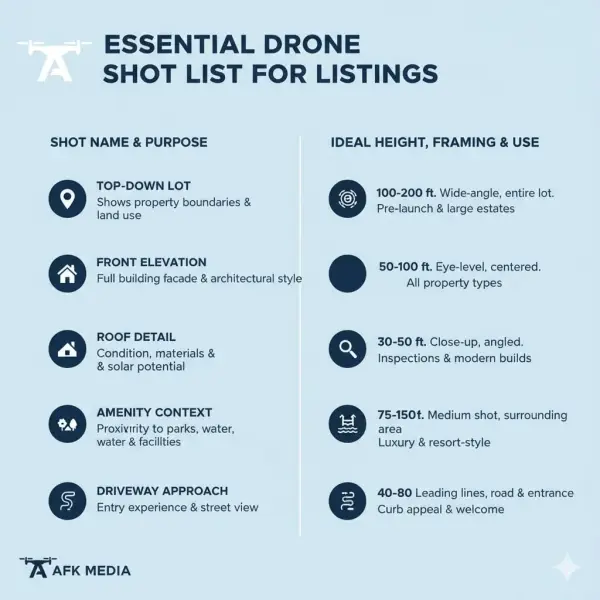
Flying Smart: Legal & Technical Basics
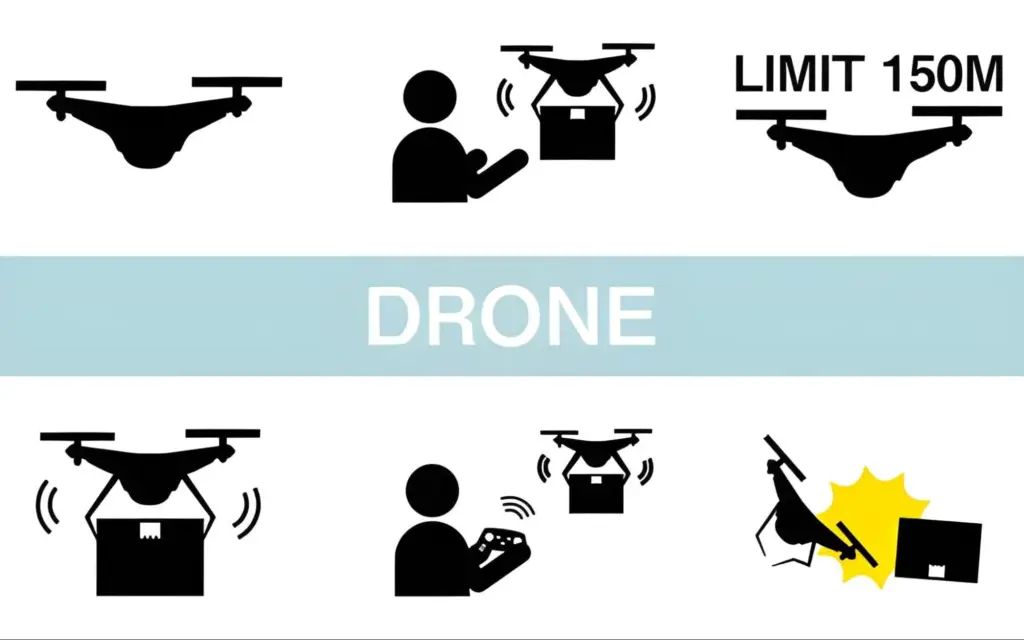
Check drone regulations (local airspace, certifications)
In Canada, your first step is compliance. Know the category your drone falls into, then match your certification and procedures to it. Sub-250 g drones have fewer requirements, but most real estate work uses aircraft at or above 250 g, which puts you in Basic or Advanced operations.
External resource: Transport Canada: Learn the rules
Keep below legal altitude and manage risk
Most real estate deliverables look best well below the 400-foot ceiling anyway. Think in bands:
- 8–15 m for curb appeal
- 20–40 m for backyard and lot context
- 60–100 m for neighbourhood and amenity views
Permissions for shared buildings or strata
Multi-family and mixed-use buildings introduce privacy and property concerns. Ask for written permission from the strata council or property manager, outline your date and times, and state your safety practices.

Shooting Tips for Better Drone Photos

Favour golden hour and soft light
Golden hour gives you gentle contrast, rich colours, and fewer harsh reflections on roofs, glass, and water. If the schedule forces midday, use higher altitudes and flatter camera tilt to minimise deep shadows.
Use smooth moves for cinematic motion
Slow upward fly-outs, lateral sliders, and gentle orbits around the home feel polished and informative. Keep gimbal pitch changes smooth, match frame rate to your deliverable, and fly lower and slower than you think.
Combine stills with short clips for marketing
Capture 8–12 stills that cover the essentials, then record short clips for reels, stories, and teasers. If you’d rather hand it off, explore our done-for-you option here: real estate drone photography.

Recommended Gear for Drone Photography
“Video courtesy of Jeremy Deihl, used under fair use for educational/informational purposes.”
Entry-level: DJI Mini 3 Pro
Light, quiet, and friendly to fly. Best for city listings or quick runs between Burnaby, Surrey, and Vancouver. Struggles in wind and at night, so plan flights earlier in the day.
Mid-range: DJI Air 2S
Larger sensor, better range, and stronger wind resistance. Great for luxury or acreage properties where dynamic range matters.
App integration: DJI Fly and Litchi
DJI Fly handles most real estate needs, while Litchi allows waypoint automation for repeatable moves. Keep firmware and apps updated on schedule.
Batteries, ND filters, and small extras
Plan one battery per property, ND filters for smooth exposure, microfiber cloths, and a slim SSD for backups.
Feature | DJI Mini 3 Pro | DJI Air 2S | Best for |
Portability | Excellent | Good | Fast city runs |
Wind resistance | Moderate | Strong | Coastal or open lots |
Image quality | Very good in daylight | Better in twilight | Premium listings |
Cost to value | High | High | Solo shooters |
Conclusion

Drone shots give buyers a perspective they simply cannot get from ground level. They show how a home sits on the lot, how the yard connects to living spaces, and how the neighbourhood fits into daily life. Used with intention, they lift the perceived value of the listing and help serious buyers decide faster.
Be selective. Not every property needs aerials. Reach for the drone when the story is about scale, privacy, water or mountain views, or proximity to amenities. Pair those aerials with a strong ground set and you’ll have a complete narrative.
For a hands-off option placed around the midpoint of your marketing plan, review our service details here: real estate drone photography. For a broader step-by-step across angles, staging, composition, and delivery, see our full workflow guide: full real estate photography process.
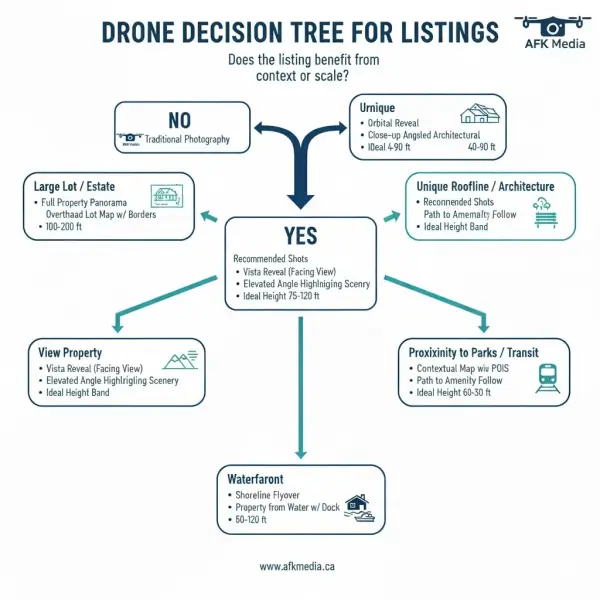
Showcase Your Listings with Professional Drone Photography

Book a drone session with AFK Media to capture context, scale, and lifestyle in one efficient visit. We serve Vancouver, Burnaby, Richmond, Surrey, Langley, White Rock, and the surrounding area. Reach out to schedule your flight, request a quote, or ask about bundling aerials with photos, video tours, Matterport, and floor plans.
Latest posts
Popular Posts
Interviews, tips, guides, industry best practices, and news.




